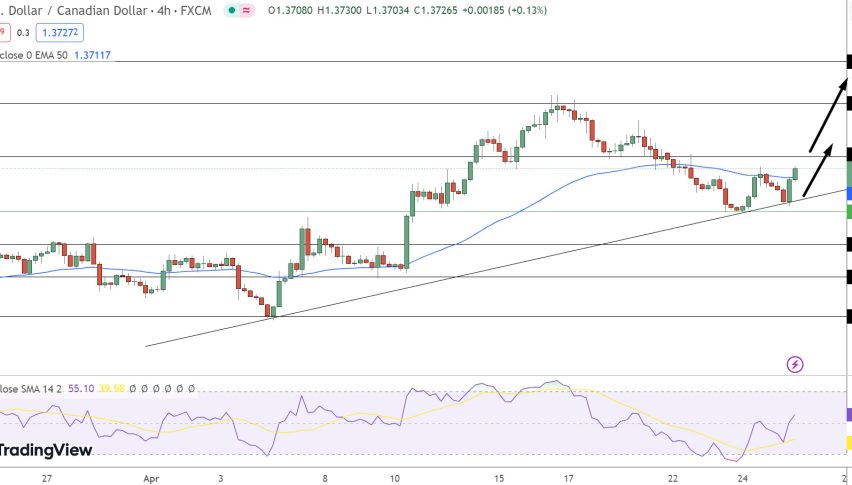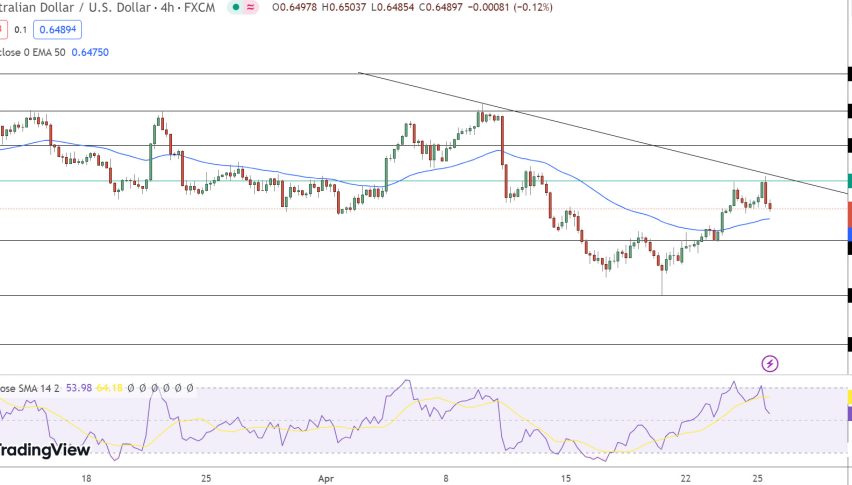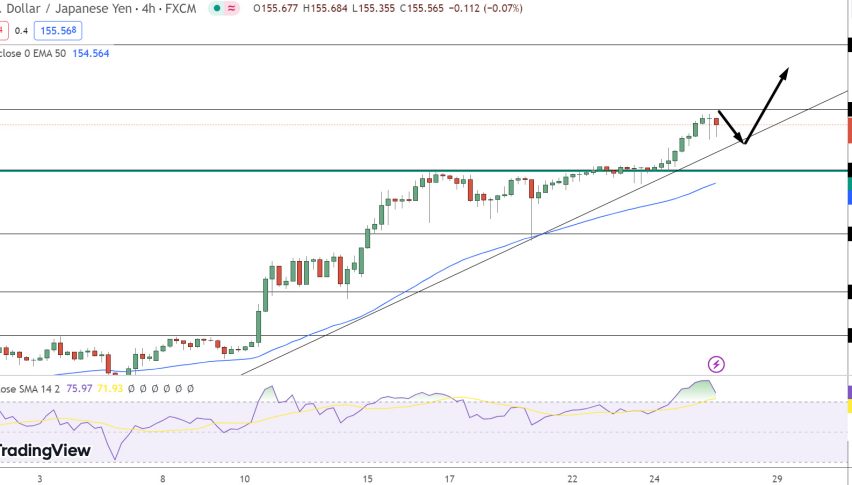Bullish Bias in Crude Oil Halts Amid Surprise Build in US Inventory!
During Wednesday’s Asian trading session, the WTI Crude Oil prices failed to maintain their overnight bullish bias. They edged lower around the $ 47.50 level, after the surprise increase in crude oil inventories in the United States, which caused investors to worry about the fuel demand, amid tighter lockdowns in the UK, Europe and the US, to counter the coronavirus pandemic. Apart from this, the downbeat forecast from the Organization of Petroleum Exporting Countries and allies, or OPEC+, over the fuel demand recovery for next year also played a role in undermining the crude oil prices.
On the contrary, the upbeat market sentiment, backed by the hopes due to the coronavirus vaccines and the US COVID-19 stimulus, are helping to limit deeper losses in the higher-yielding crude oil prices. In the meantime, the weakness of the broad-based US dollar is also helping to restrict the losses in crude prices, as the price of oil is inversely related to the price of the US dollar. Besides this, the losses in the crude oil prices were also capped by the upbeat Chinese data, which showed the economic recovery had improved in November. At the moment, crude oil is trading at $ 47.56, and consolidating in the range between 47.48 and 47.66.
As we have already mentioned, the latest losses in the crude oil prices were mainly linked to the surprise gain in crude oil inventories in the United States, which raised oversupply fears and contributed to the drop in crude oil prices. On the data front, the crude inventories grew by 2 million barrels in the week ending Dec. 11, to about 495 million barrels, against the analysts’ expectations for a draw of 1.9 million barrels, as per the industry group API.
On the flip side, the intensifying wave of coronavirus cases has led to renewed lockdown measures throughout the world, which keep threatening the recovery in the crude oil demand. It is worth recalling that the increasing numbers of virus cases have resulted in renewed local lockdowns in the UK and the US. This was witnessed after New York showed a willingness to enter a second full lockdown, as the number of COVID-19 cases continues to increase. Considering the current situation regarding the spread of the virus, the International Energy Agency has cut its demand forecast for 2021.
In addition to this, the reason for the bearish crude oil prices could also be associated with the long-lasting US-China tussle, which is picking up pace continuously, with MSCI recently showing its willingness to delist 10 Chinese companies from its global investable markets indexes. Elsewhere, the Brexit issue remains on the cards, amid mixed headlines, which are keeping market players on edge. However, these mixed headlines have also played a major role in undermining the crude oil prices.
Despite all these concerns, the market trading sentiment managed to extend its positive performance of the previous day. It remained supported by the progress in terms of a massive US government spending bill and COVID-19 relief measures. As per the latest report, the US Congress leaders have promised to break the long-standing deadlock in the coronavirus relief package during the Asian trading hours. Apart from the positive comments by US Senate Majority Leader Mitch McConnell and Minority Leader McCarthy, House Speaker Nancy Pelosi also showed her readiness to conclude the pending coronavirus (COVID-19) aid package talks tomorrow.
Besides this, the reason for the upticks in equity markets could also be attributed to the optimism over the rollout of vaccines for the highly contagious disease. This, in turn, was seen as one of the key factors that is helping to limit deeper losses in the crude oil prices. Soon after the US Food and Drug Administration (FDA) granted permission for emergency use of BNT162b2, the COVID-19 vaccine co-developed by Pfizer (NYSE: PFE) and BioNTech SE (F:22UAy), Moderna is ready to approach the US Food and Drug Administration (FDA) with an application for the approval of its vaccine.
As a result, the broad-based US dollar failed to stop its bearish bias of the previous day, drawing further offers on the day, as the demand for safe-haven assets decreased amid progress in terms of reaching an agreement on the US fiscal stimulus bill. Furthermore, the losses in the US dollar could also be associated with lingering doubts over economic recovery from COVID-19. However, the losses in the US dollar have become a key factor that has kept a lid on additional losses in the crude oil prices, as the price of oil is inversely related to the price of the US dollar. Meanwhile, the US dollar index, which measures the greenback against a bucket of currencies, was last at 90.477, after dropping to 90.419 on Monday.
Conversely, the losses in the crude oil prices might be capped by the rapid recovery in demand in China, witnessed after China’s Retail Sales increased by 5.0% year-on-year in November, marking the 4th successive month of growth. Industrial Production, which is a gauge of manufacturing, mining and utility output, rose 7% year-on-year, versus October’s 5.9% growth.
In the absence of any key data/events on the day, the market traders will keep their eyes on the crude oil inventory data from the EIA, which is due to be released later in the day and expected to come in at -3.5M, versus +15.189M. In addition to this, the updates about the US stimulus package will also be key to watch. In the meantime, the risk catalysts, like geopolitics and the virus woes, not to forget the Brexit, will not lose their importance. Good luck!












